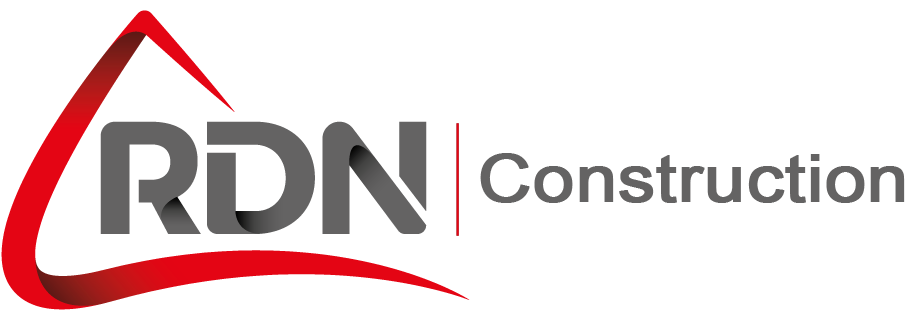In recent years, the popularity of timber frame builds have soared; in fact, more than 70% of the world’s population live in a timber framed home. So much so, it is now the preferred method of construction within the industry.
“But why are they suddenly so popular?” We hear you ask!
Well, when you look at the benefits they provide, it really is no surprise.
Generally, they are non-toxic and therefore safe to handle and touch; they don’t leak chemical vapour into the building. They allow more space for insulation than a brick building, and the wood itself also has natural, thermally insulating properties – much better than steel.
They’re quick and relatively inexpensive to build, and as well as being cost-effective, timber frame buildings are highly versatile – meaning they can be used as cladding in almost any building.
But over everything else, the major appeal of timber frame buildings is that they have the potential to be much greener than other building types.
How they are contributing to the environment, for the better.
Of course, a better insulated home requires less energy to heat and cool. The insulating effects that are provided by timber-frame buildings means that less energy is required to raise the indoor temperature, resulting in less fossil-fuel energy being used.
As an added bonus, this also saves plenty of money for the property owner!
You may also like to know that timber frame is also both ecological and sustainable – not only does it grow quicker than it is used, it is grown all over the world and is often utilised closest to where it is produced.
In fact, the very act of growing timber is a benefit to the environment.
Of all the main building materials, timber is the most environmentally friendly, as it has the lowest energy consumption and the lowest carbon dioxide emissions – it is also a natural, carbon storing material, which would otherwise be in the atmosphere.
Does it actually come with any disadvantages?
Naturally, you can’t have the calm without the storm. And in this case, there are bound to be some disadvantages to timber framed builds.
For example, a timber frame won’t resist sound transmission as well as a block built home. This is due to block homes having more density.
However, it is possible to use more expensive discontinued construction methods or add insulation or sound deadening materials to timber frame to stop sound transmission.
Additionally, timber requires a lot of maintenance. As with most things, over a length of time if not treated properly, timber can suffer and rot can set in.
Timber frames will rot if they have not been built properly or they are exposed to moisture on a regular basis; it is essential you check the quality of the construction before putting the finishing touches in place or seek a professional who can survey it on your behalf. If the construction isn’t damp proofed correctly, moisture can set in and leave your house with cracks and severe damage.
But, when you compare the challenges to the general and environmental advantages, a slight increase in sound transmission never really hurt anyone!
–
We design and manufacture timber frame homes and businesses to your individual requirements; ensuring that you are happy from the moment we first discuss the project, right until it is completed.
